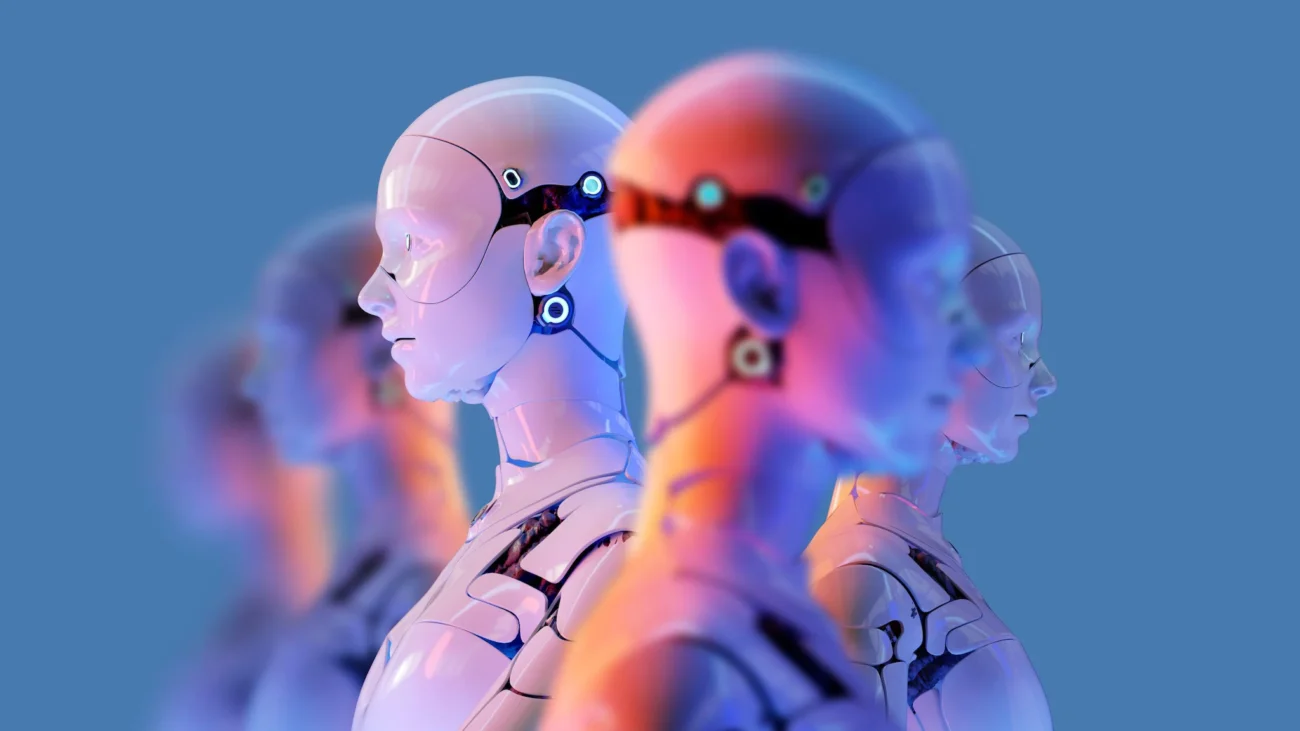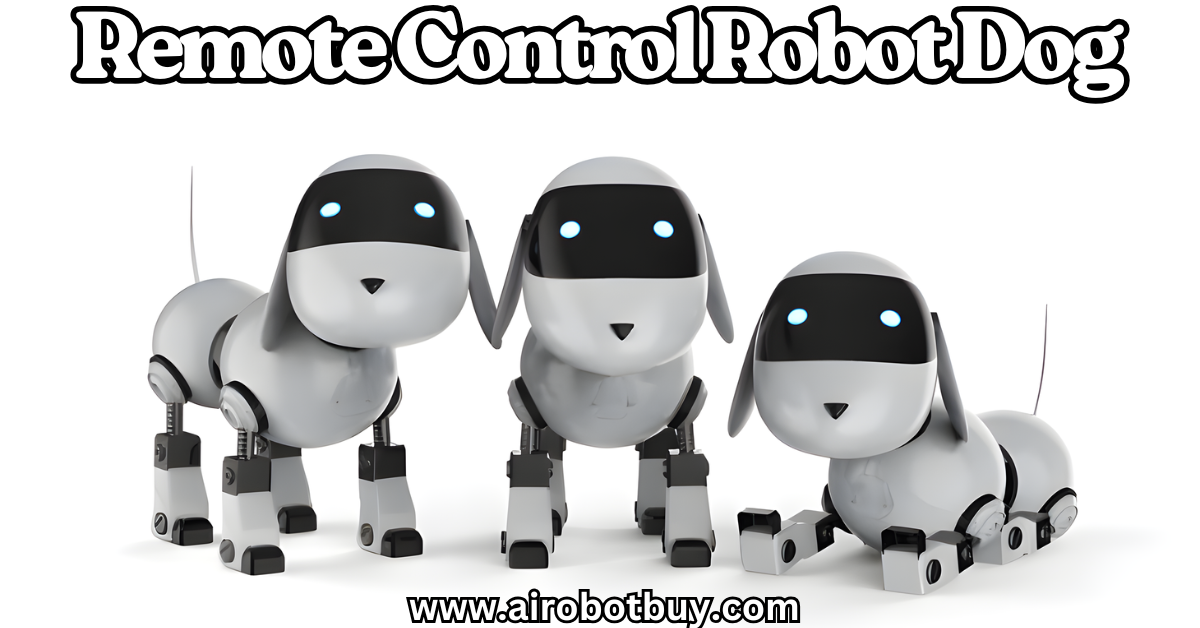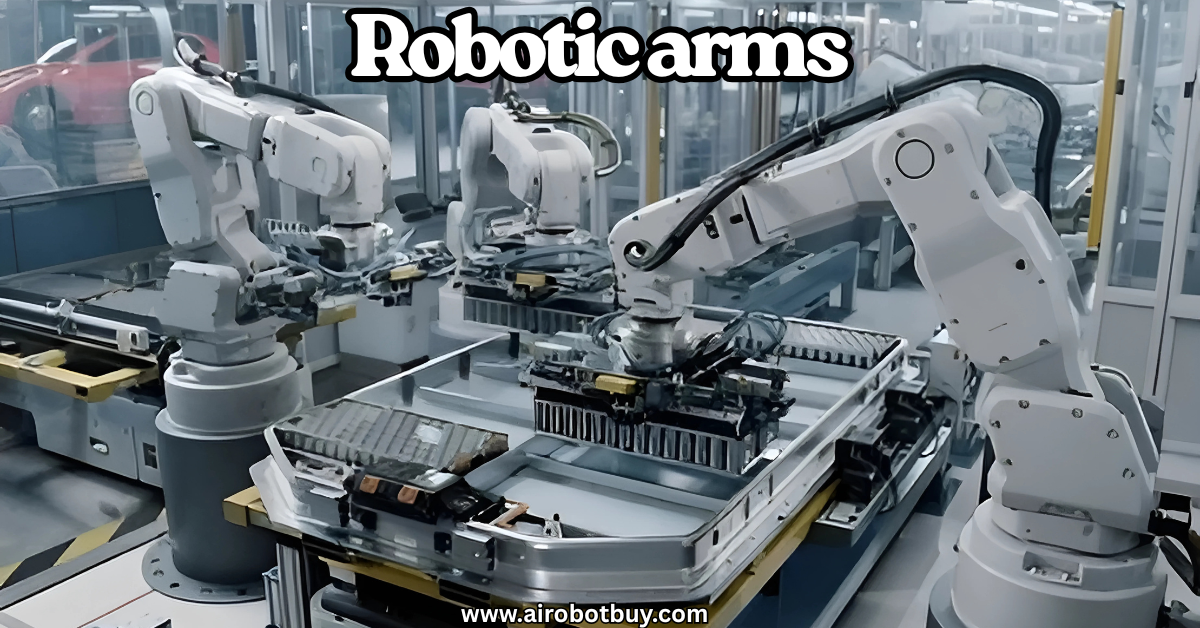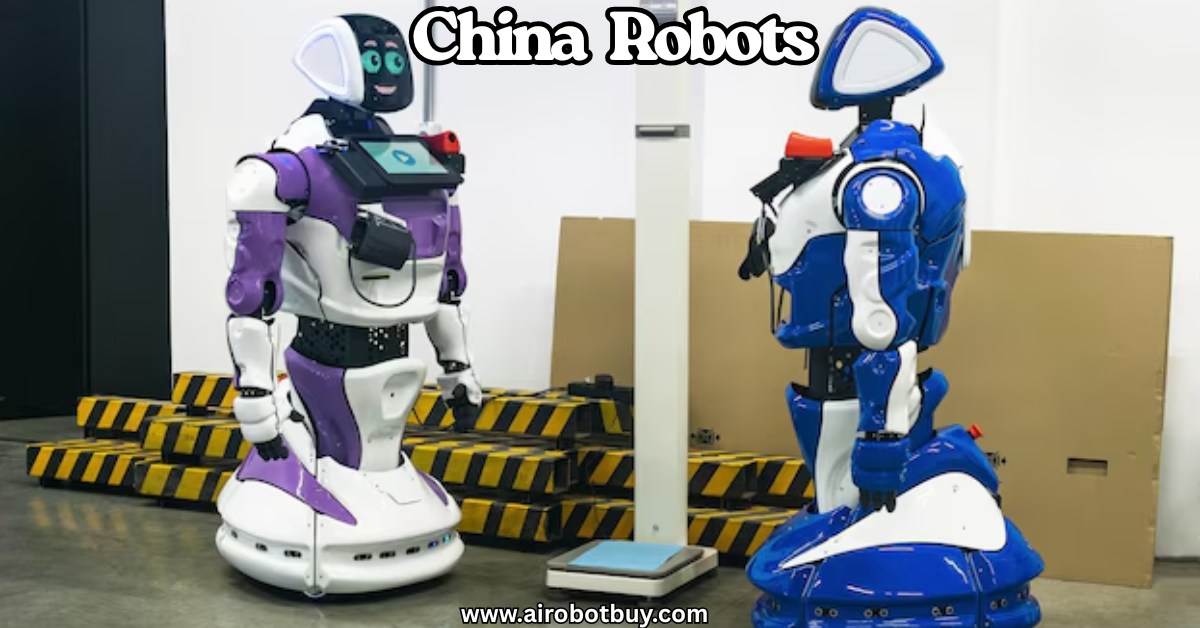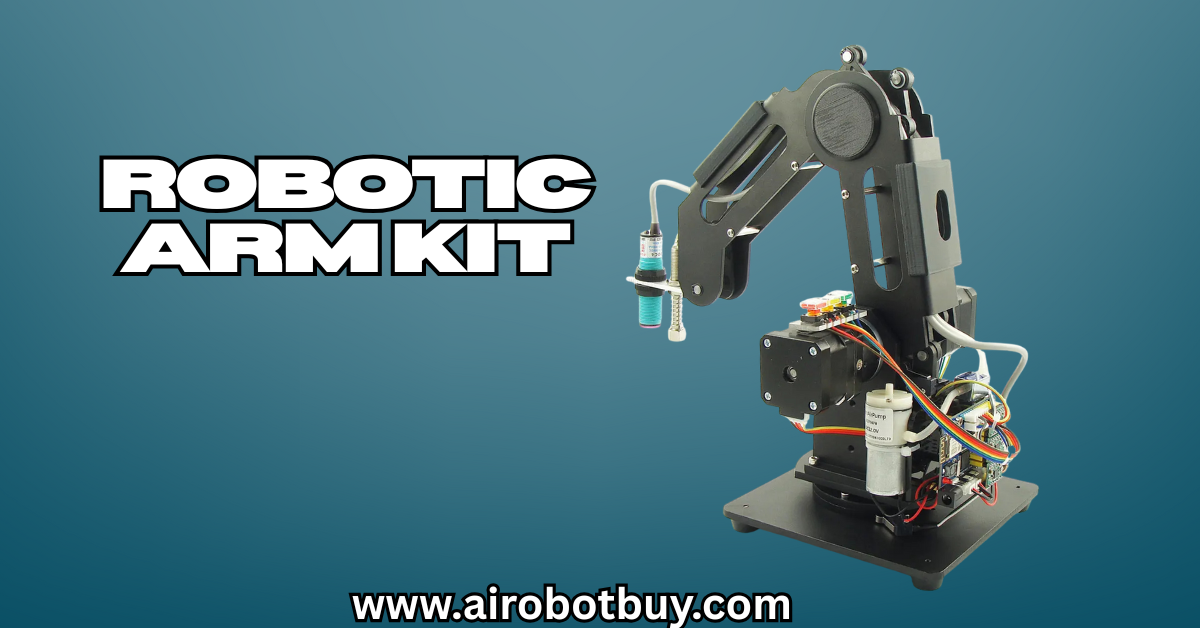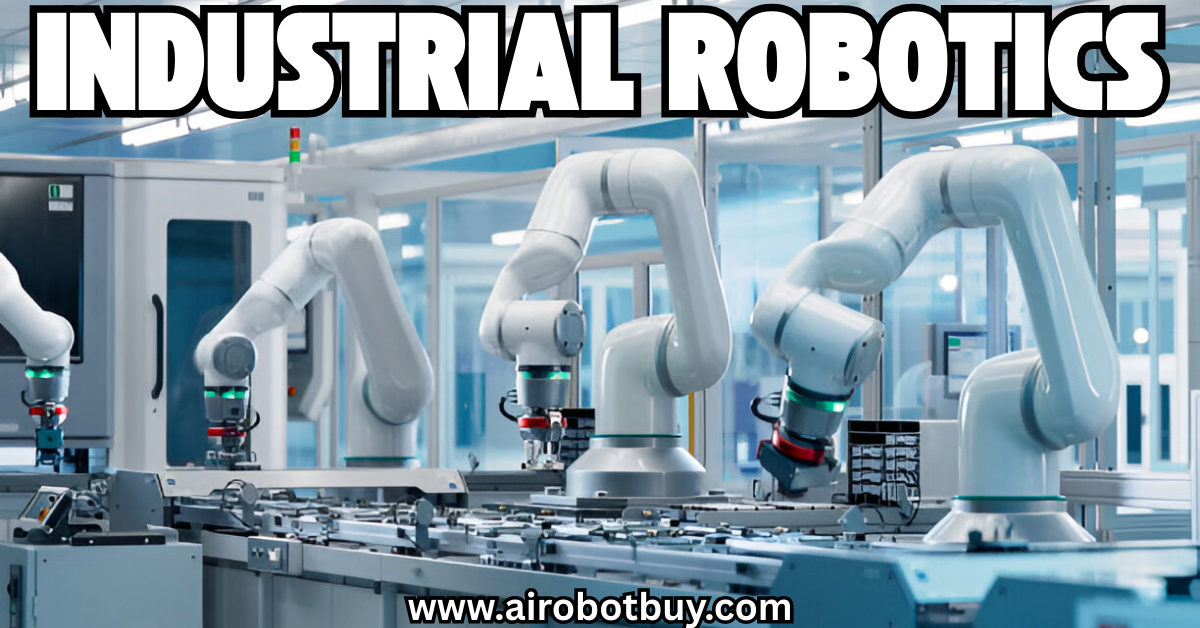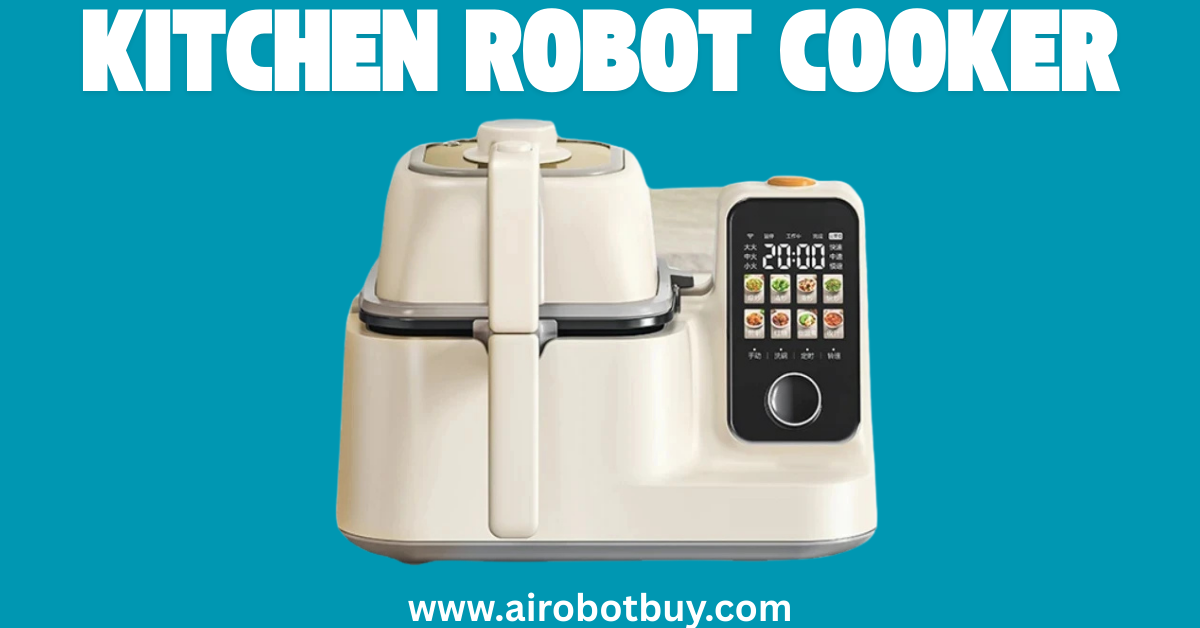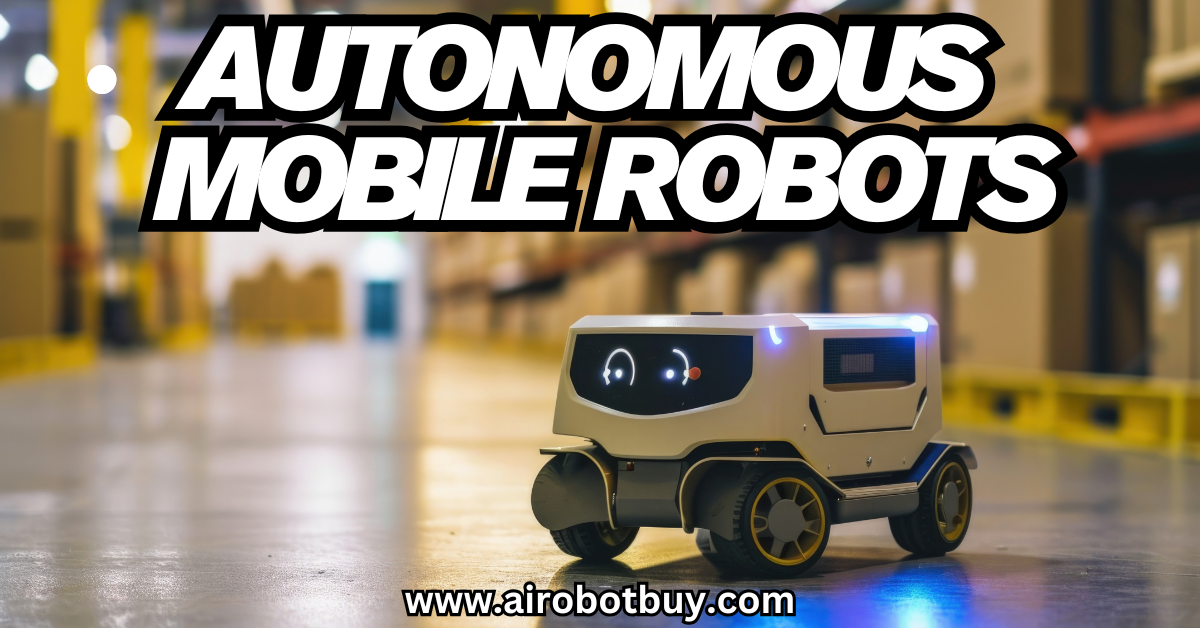Food delivery has quickly evolved from a luxury to an everyday expectation. Customers now want meals delivered to their doors within minutes, with accuracy and consistency as standard. The global online food delivery market is projected to surpass $1.5 trillion by 2030, showing just how much demand continues to rise. Yet, traditional delivery methods face several hurdles—rising labor costs, limited availability of drivers, fuel expenses, and unpredictable delivery times. These challenges often create frustration for both businesses and customers.
This is where autonomous delivery robots are stepping in as a practical solution. Equipped with advanced navigation systems, AI, and smart connectivity, these robots can perform deliveries faster, safer, and at lower costs compared to traditional methods. The Reeman Flash Food Truck Robot pushes this innovation even further by combining the concept of a food truck with autonomous delivery, making operations smarter and more scalable.
Autonomous Delivery Robots Revolutionizing Food Delivery Operations with Reeman Flash Food Truck Robot

In this guide we will explain how autonomous delivery robots, especially the Reeman Flash Food Truck Robot, are revolutionizing food delivery operations.
The Shift in Food Delivery
The way people order and receive food has changed dramatically over the last decade. Online platforms have made ordering easier, but the challenge of getting meals delivered quickly and reliably remains. Customers now expect delivery to be fast, accurate, and available at all times. With the food delivery market projected to reach $1.5 trillion globally by 2030, efficiency is no longer optional—it’s a necessity. Visit here!
Autonomous delivery robots are becoming an answer to these demands. They operate with precision, reduce human errors, and bring meals directly to customers without depending on drivers. The Reeman Flash Food Truck Robot represents this new era, combining food truck functionality with autonomous service to expand what delivery can achieve.
Problem – Why Traditional Food Delivery Struggles
Food delivery operations have always relied heavily on human drivers and manual systems. While this worked in the early stages of the industry, scaling has exposed several problems:
- High labor costs – Businesses spend 25–30% of revenue on delivery staff and commissions.
- Inconsistent service – Human delivery is affected by fatigue, delays, and traffic congestion.
- Rising fuel expenses – With fuel prices increasing, the per-delivery cost continues to climb.
- Order mistakes – Miscommunication and manual handling increase the chance of incorrect orders.
- Limited operating hours – Human staff cannot work around the clock without high overtime expenses.
These problems make traditional delivery unsustainable in the long run. Autonomous delivery robots are designed to directly address these inefficiencies.
Solution – Enter Autonomous Delivery Robots
Autonomous delivery robots are self-driving machines programmed to deliver food and goods with minimal human input. They use GPS, sensors, and AI algorithms to navigate safely and efficiently. The advantages they bring to food delivery operations are clear:
- Scalability – Robots can serve multiple customers without needing additional drivers.
- Consistency – Robots operate with predictable delivery times.
- Reduced costs – Lower reliance on human labor cuts down overall expenses.
- Extended hours – Robots work late at night or during holidays when human staff may not be available.
The Reeman Flash Food Truck Robot takes this solution further by combining autonomous delivery with food truck service, turning it into both a delivery system and a mobile food hub.
How Reeman Flash Food Truck Robot Works
The Reeman Flash Food Truck Robot integrates multiple technologies to deliver meals efficiently. It is designed as more than just a delivery robot—it is a full-service automated solution.
Key Functions:
- Autonomous Navigation – Uses lidar, GPS, and cameras to detect obstacles and calculate the safest routes.
- Multi-Machine Collaboration – Works as part of a fleet, allowing several robots to share tasks and reduce delivery time.
- Food Truck Integration – Functions as a mobile food station, serving customers directly in different locations.
- Real-Time Tracking – Provides businesses and customers with live updates on delivery status.
This combination allows the Reeman Flash to handle food delivery with greater flexibility than standard robots.
Benefits of Autonomous Delivery Robots in Food Delivery
Autonomous delivery robots are changing how food businesses operate by creating a more efficient, reliable, and cost-effective delivery system.
Main Benefits:
- Lower operational costs – Saves up to 30% in labor expenses.
- Faster service – Average delivery time reduced by 20–30% in controlled areas.
- 24/7 operation – Robots run continuously without breaks.
- Error reduction – Automated systems minimize mistakes in order handling.
- Eco-friendly delivery – Most robots are electric-powered, cutting down emissions.
Comparison Table
| Factor | Human Delivery | Autonomous Delivery Robots |
|---|---|---|
| Cost per delivery | High (labor + fuel) | Lower (electric + maintenance) |
| Delivery time | Variable | Consistent and optimized |
| Errors | Higher chance of mistakes | Reduced errors |
| Operating hours | Limited | 24/7 |
| Scalability | Requires more staff | Fleet expansion possible |
Why Reeman Flash Food Truck Robot Stands Out
Not all autonomous delivery robots are built the same. The Reeman Flash Food Truck Robot offers unique features that set it apart from standard delivery machines.
- Mobile food truck function – Unlike most robots, it can serve food directly.
- Indoor and outdoor navigation – Operates in multiple environments.
- Fleet efficiency – Designed for smooth collaboration between multiple robots.
- Customer interaction – Provides a direct service experience, not just delivery.
This flexibility makes it valuable for food businesses that want to scale beyond traditional delivery models.
How Autonomous Delivery Robots Improve Operational Efficiency
Businesses gain measurable efficiency when they adopt autonomous-delivery-robots. These improvements affect both day-to-day operations and long-term growth.
Key Efficiency Gains:
- Faster order fulfillment – Robots shorten the gap between kitchen and customer.
- Better staff allocation – Employees can focus on cooking and customer support instead of delivery.
- Data-driven insights – Robots provide analytics on delivery times, demand patterns, and routes.
- Scalability – Fleets can grow without needing more human staff.
Efficiency is not just about speed—it’s about creating a smoother, more reliable system that consistently meets customer expectations.
Industry Trends Supporting Autonomous Delivery Robots
The food delivery industry is evolving, and autonomous delivery robots are at the center of this shift.
- Global growth – The autonomous delivery robot market is expected to reach $34 billion by 2032.
- Adoption by businesses – More than 200 companies worldwide are already testing or using delivery robots.
- Customer acceptance – 70% of consumers are willing to receive deliveries from robots if it improves speed and cost.
These trends show that adoption is not only practical but also aligned with consumer expectations.

Practical Applications Beyond Food Delivery
While food delivery is the most visible use of autonomous-delivery-robots, they are also expanding into other industries.
Examples of Applications:
- Retail – Transporting packages from stores to homes.
- Healthcare – Delivering medicine and supplies within hospitals.
- Logistics – Managing last-mile delivery in warehouses.
- Hospitality – Serving meals and amenities in hotels.
This multi-industry relevance makes investment in autonomous robots more valuable for businesses.
Challenges and Considerations
Like any innovation, autonomous delivery robots face certain challenges. Businesses should consider these before large-scale adoption.
- Initial investment – Higher upfront cost compared to human staff.
- Regulations – Cities may require permits for robots to operate in public areas.
- Maintenance – Robots need technical support and regular updates.
- Customer adaptation – Some users may take time to get used to interacting with robots.
These challenges are temporary, as regulations evolve and customer familiarity grows.
The Future of Food Delivery with Robots
The next decade will see autonomous delivery robots becoming a standard part of the food delivery ecosystem.
- 5G-powered systems – Faster communication between robots and networks.
- AI personalization – Robots recommending meals based on order history.
- Fleet intelligence – Multiple robots learning from each other to optimize performance.
- Higher adoption – Experts predict robots could handle 40% of urban deliveries by 2030.
The Reeman Flash Food Truck Robot is an example of how this future is already taking shape, combining delivery, automation, and service into one model.
Q&A Section
Q1. How do autonomous-delivery-robots improve delivery speed?
They use optimized routes, avoid traffic delays, and operate continuously without breaks.
Q2. Are autonomous-delivery-robots expensive to maintain?
Maintenance costs are lower than continuous labor costs, especially over long-term use.
Q3. Can autonomous-delivery-robots operate in all weather?
Most are built for moderate weather, though extreme conditions may limit use.
Q4. How do customers receive food from robots?
Robots provide secure storage and open with digital codes or app-based verification.
Q5. Do autonomous-delivery-robots work in both cities and campuses?
Yes, they are designed for mixed environments, including urban areas, malls, and residential complexes.

Conclusion
Autonomous delivery robots are not just a trend—they are becoming the backbone of modern food delivery. They reduce costs, increase speed, and provide consistency that traditional methods struggle to achieve. The Reeman Flash Food Truck Robot goes a step further by combining delivery with direct food service, making it a flexible tool for businesses looking to grow.
As technology advances and adoption increases, autonomous-delivery-robots will reshape how food moves from kitchens to customers, creating a future where efficiency, reliability, and customer satisfaction come together seamlessly.



















